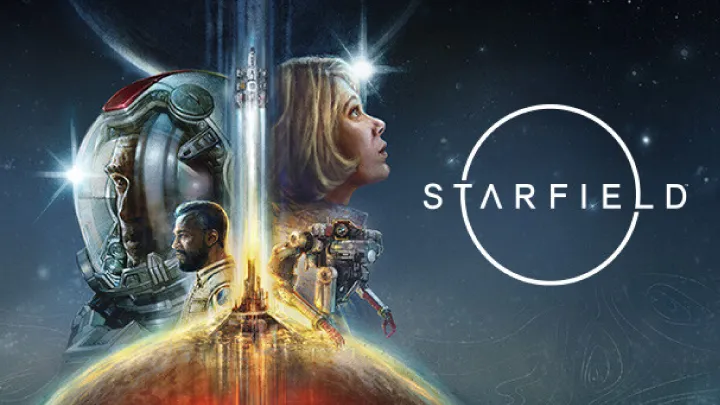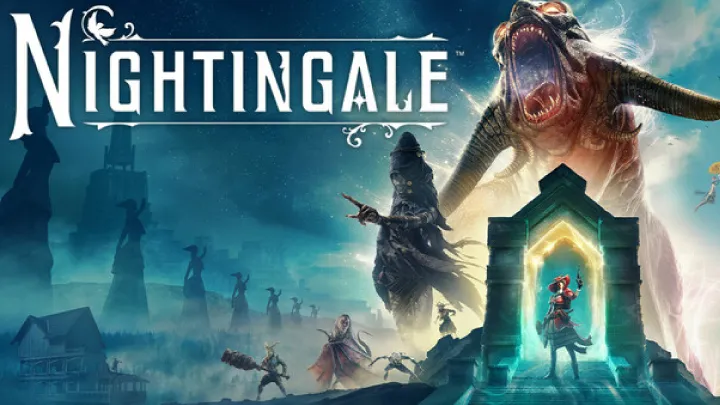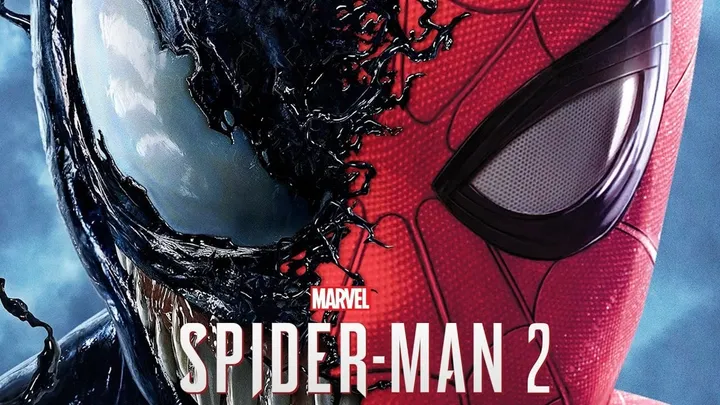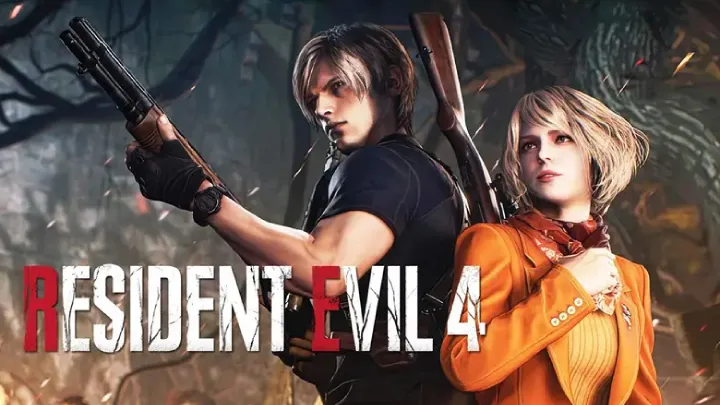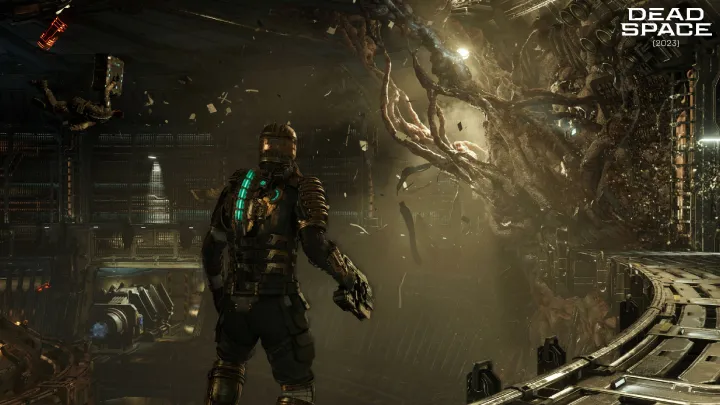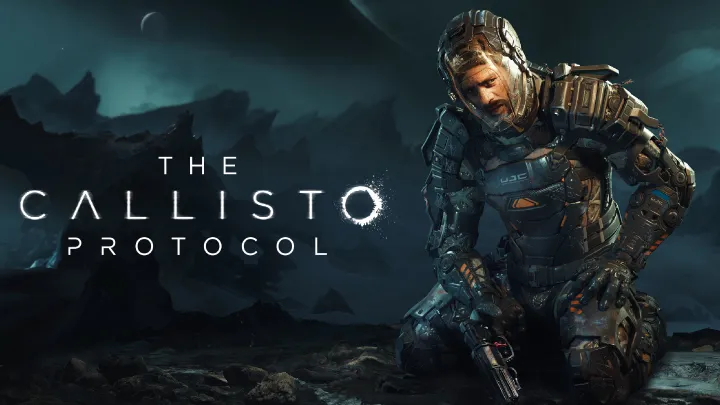Masterpieces That Changed Gaming Forever
Introduction
Video games have evolved from simple pixelated experiments into immersive, billion-dollar cultural phenomena. Along the way, certain masterpieces have redefined what games could be — not just in terms of graphics or mechanics, but in how they shaped the industry, influenced developers, and created unforgettable experiences for players. These aren’t just successful games; they are groundbreaking titles that introduced new standards, set trends, and became cultural icons.
In this article, we’ll journey through ten masterpieces that truly changed gaming forever. From platforming revolutions to sprawling open worlds, from narrative innovations to multiplayer breakthroughs, each of these titles left an indelible mark on the industry. Together, they represent milestones in creativity, technology, and design philosophy that continue to inspire developers and captivate gamers worldwide.
Let’s dive into the first of these timeless masterpieces.
1. Super Mario Bros (1985) – The Blueprint of Platforming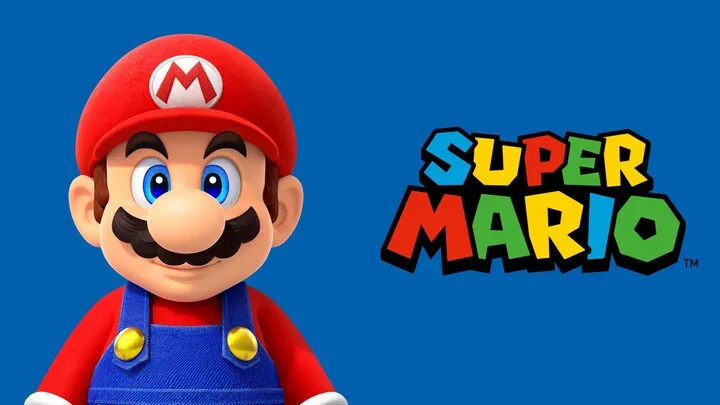
Few games can claim to have saved an entire industry, but Super Mario Bros did just that. Released in 1985 for the Nintendo Entertainment System (NES), it came at a time when the video game market was on the verge of collapse after the infamous crash of 1983. With its precise platforming, imaginative worlds, and instantly recognizable characters, Super Mario Bros not only revitalized Nintendo but also redefined the gaming landscape.
A Revolution in Game Design
At its core, Super Mario Bros introduced mechanics that became staples of platformers for decades. The smooth scrolling levels, hidden secrets, power-ups like the Super Mushroom and Fire Flower, and the simple yet challenging progression from World 1-1 to World 8-4 created a perfect balance between accessibility and mastery. It taught players through design rather than instructions — World 1-1 remains one of the best examples of intuitive tutorial design in gaming history.
Cultural Impact
Mario and Luigi became household names, transcending the medium and becoming symbols of gaming itself. The catchy soundtrack, composed by Koji Kondo, became instantly iconic, and its themes remain recognizable even to people who have never touched a controller. This cultural reach helped video games move from niche entertainment into mainstream pop culture.
Legacy
Without Super Mario Bros, platforming as a genre may not have evolved in the same way. It inspired countless imitators, sequels, and spin-offs while establishing Nintendo as a creative powerhouse. Even today, Mario titles continue to innovate while paying homage to their 1985 roots. Simply put, Super Mario Bros didn’t just change gaming — it ensured gaming’s survival.
2. The Legend of Zelda: Ocarina of Time (1998) – Redefining Adventure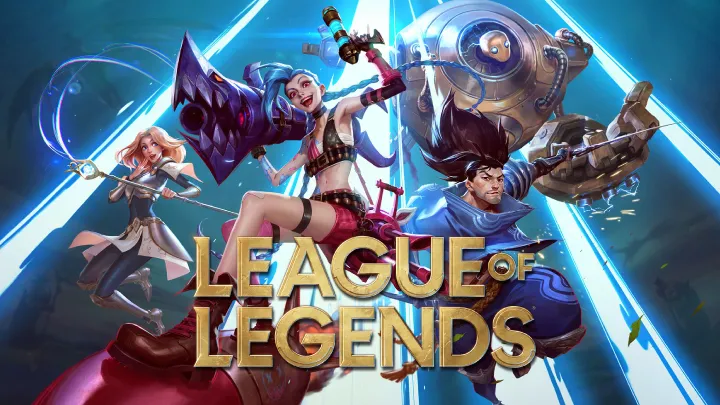
When The Legend of Zelda: Ocarina of Time launched on the Nintendo 64 in 1998, it didn’t just enter the conversation of “best games ever made” — it dominated it. Frequently topping all-time greatest lists, Ocarina of Time redefined how games could tell stories, immerse players, and blend action with exploration.
Innovation in 3D Design
Ocarina of Time was a trailblazer in 3D game design. Its lock-on targeting system (Z-targeting) became an industry standard, allowing fluid combat and interaction in 3D spaces. The vast overworld of Hyrule was unlike anything seen before — expansive, filled with secrets, and alive with possibilities. Riding Epona across Hyrule Field remains one of the most memorable moments in gaming history.
Narrative Depth
Unlike many games of its time, Ocarina of Time presented a deeply emotional journey. Link’s quest to stop Ganondorf and save Princess Zelda involved time travel, complex dungeons, and a coming-of-age story that resonated with players. It showed that video games could deliver narratives with emotional weight and cinematic quality, paving the way for story-driven epics that followed.
Legacy
Its influence is immeasurable. Many modern open-world adventures — from The Witcher 3 to Elden Ring — owe a debt to Ocarina of Time’s structure and design. Its innovations in 3D exploration and storytelling forever changed how players experience interactive worlds.
3. Half-Life (1998) – Storytelling Without Cutscenes
Released the same year as Ocarina of Time, Half-Life was Valve’s debut title and a landmark in first-person shooter design. While shooters like DOOM and Quake laid the foundations, Half-Life transformed the genre by integrating narrative seamlessly into gameplay.
Breaking the Mold
Instead of relying on cutscenes, Half-Life told its story entirely through the player’s eyes as Gordon Freeman. From the infamous tram ride into the Black Mesa facility to the chaotic resonance cascade, players were always in control. This immersive storytelling technique was revolutionary and became a hallmark of Valve’s design philosophy.
Gameplay and Atmosphere
Half-Life balanced action, puzzle-solving, and exploration. Enemy AI was remarkably advanced for its time, forcing players to think tactically rather than just run-and-gun. Combined with atmospheric sound design and environmental storytelling, it created a sense of immersion few games had achieved before.
Legacy
Half-Life influenced countless shooters, inspiring franchises like Halo and Call of Duty to weave more narrative into their action. It also laid the groundwork for Half-Life 2 and the Source engine, which would power some of the most popular games of the 2000s.
Conclusion – The Everlasting Influence of Gaming’s Masterpieces
Looking back at these masterpieces, it becomes clear that gaming has never been a linear journey. Each of these titles marked a turning point, not just for their genres but for the medium itself. Super Mario Bros gave gaming its heartbeat, Ocarina of Time opened new dimensions of adventure, and Half-Life proved that storytelling could be immersive without breaking control.








